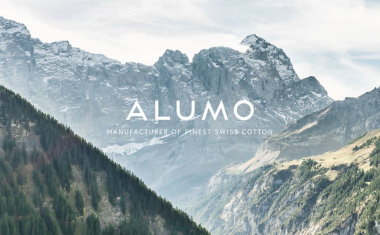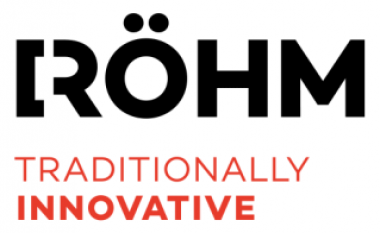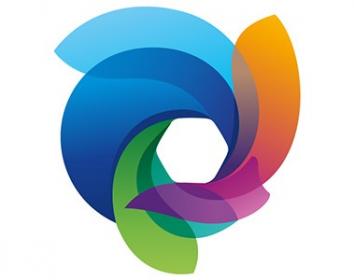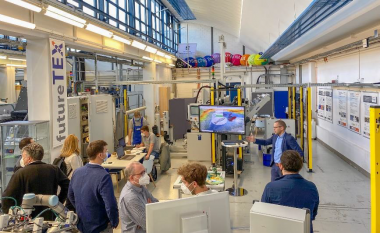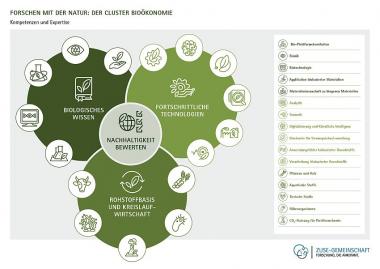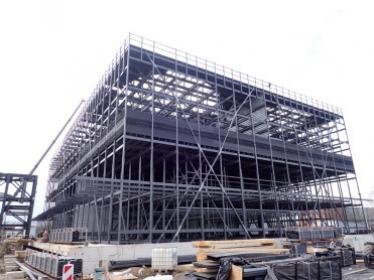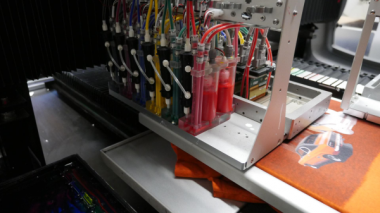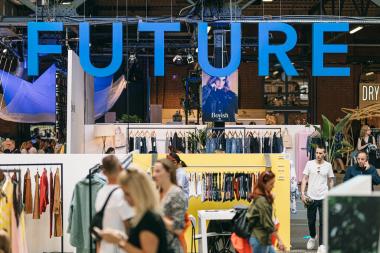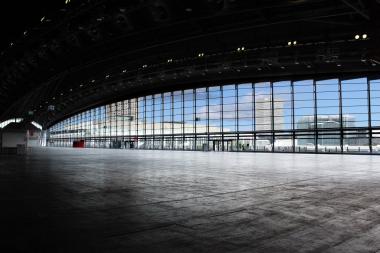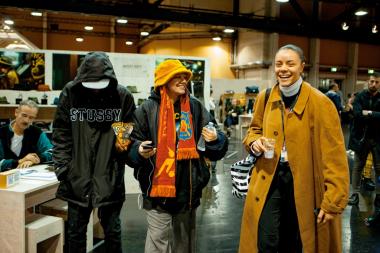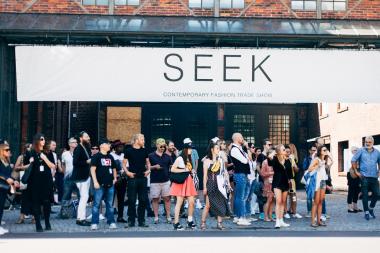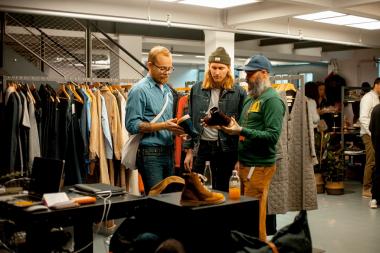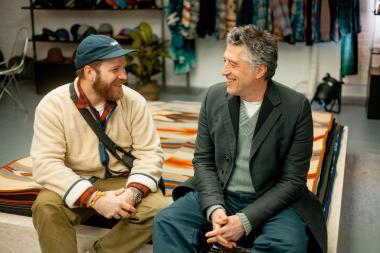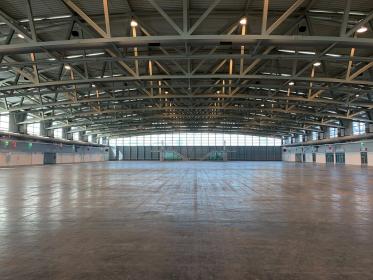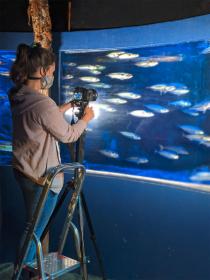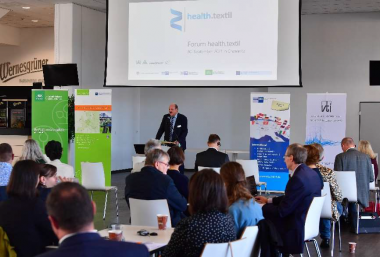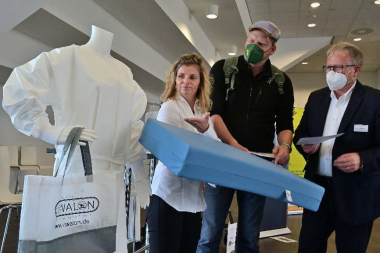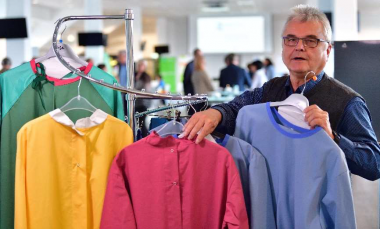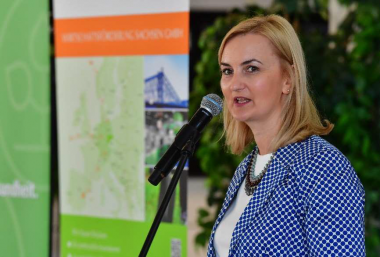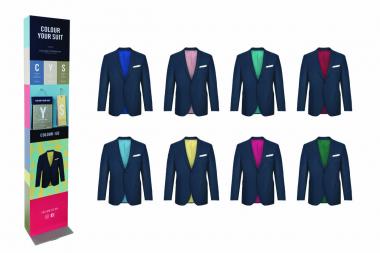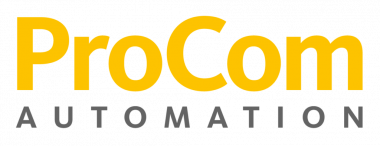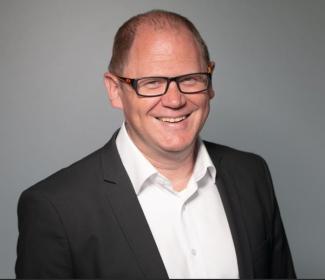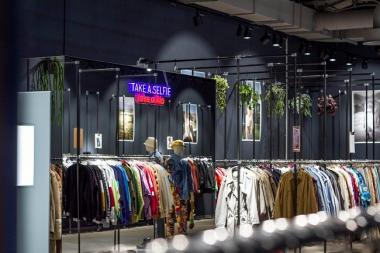ALUMO to become wholly-owned subsidiary of AG Cilander
Two long-established companies are joining forces: as of October 2021, textile finishing specialist AG Cilander from Herisau, Switzerland, will acquire 100 percent of ALUMO AG, an Appenzell-based manufacturer known for producing ultra-fine cotton fabrics to exacting Swiss quality standards.
The textile finishing industry is an environment in which quality, new technologies and a keen interest in innovative textile solutions play a crucial role. In this business, strong, reliable alliances with customers and partners are vital pillars to allow growth while still satisfying the high expectations set for the materials used. By acquiring ALUMO AG, the world leader in ultra-fine cotton fabrics, AG Cilander expands into a new market segment, setting the course for successfully broadening its product portfolio and tapping into new sales markets.
Both companies can look back on a long tradition of expertise in the textile industry, and their partnership has been a very successful one for years.
ALUMO AG will continue to operate as an independent company based in Appenzell, keeping the same strategic direction in the fabrics offered and the same standards for excellence in service and quality.
crystal communications


